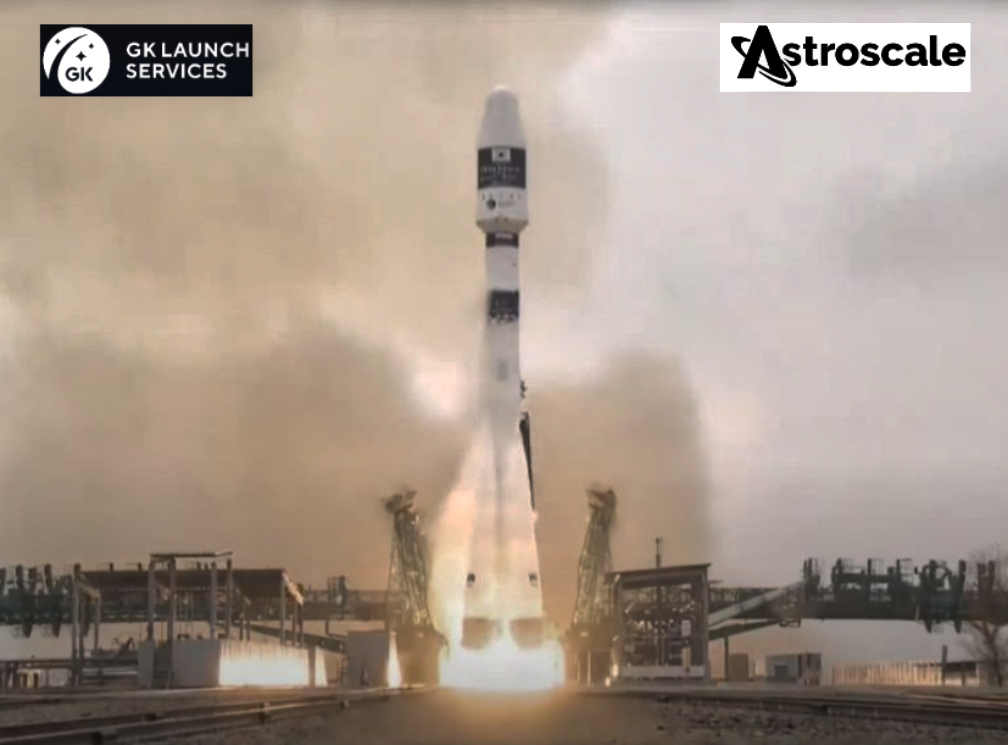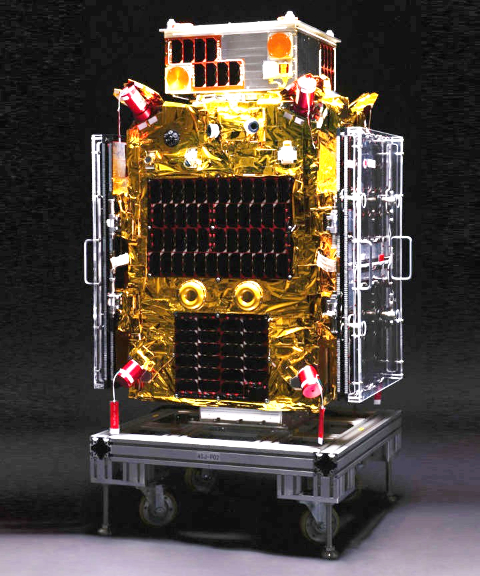
Astroscale Holdings Inc. (“Astroscale”) successfully launched their End-of-Life Services by Astroscale demonstration (ELSA-d) mission. This marks the start of the world’s first commercial mission to prove the core technologies necessary for space debris docking and removal.

ELSA-d, which consists of two satellites stacked together — a servicer designed to safely remove debris from orbit and a client satellite that serves as a piece of replica debris — was launched by GK Launch Services into a 550 km orbit on a Soyuz rocket from the Baikonur Cosmodrome in Kazakhstan on Monday, March 22, at 6:07 am (UTC).
Following additional preparatory steps in orbit, ELSA-d will enter the next phase of this pioneering mission to demonstrate the technologies and capabilities necessary for debris capture and removal. In the first of three complex demonstrations, the servicer satellite will release, and then dock magnetically, with the client satellite.
Following this demonstration of non-tumbling capture, ELSA-d will perform two additional demonstrations: one to capture the client while it is tumbling, and one to deliberately lose, re-locate, approach and re-capture the client from far-range. Each of these demonstrations will take Astroscale one step closer towards delivering commercial debris removal and other on-orbit services.
“I am pleased to confirm that Astroscale’s Mission Operations team at the In-Orbit Servicing Centre in Harwell, UK, has successfully made contact with our ELSA-d spacecraft and established that all initial system checks are satisfactory,” said Seita Iizuka, ELSA-d Project Manager. “I congratulate our team and look forward to moving into the first phase of our technical demonstrations.”
“While leading the way in proving our debris removal capabilities, ELSA-d will also propel regulatory developments and advance the business case for end-of-life and active debris removal services,” said Nobu Okada, Astroscale Founder and CEO. “This successful launch brings us closer to realizing our vision of securing the safe and sustainable development of space for the benefit of future generations.”
